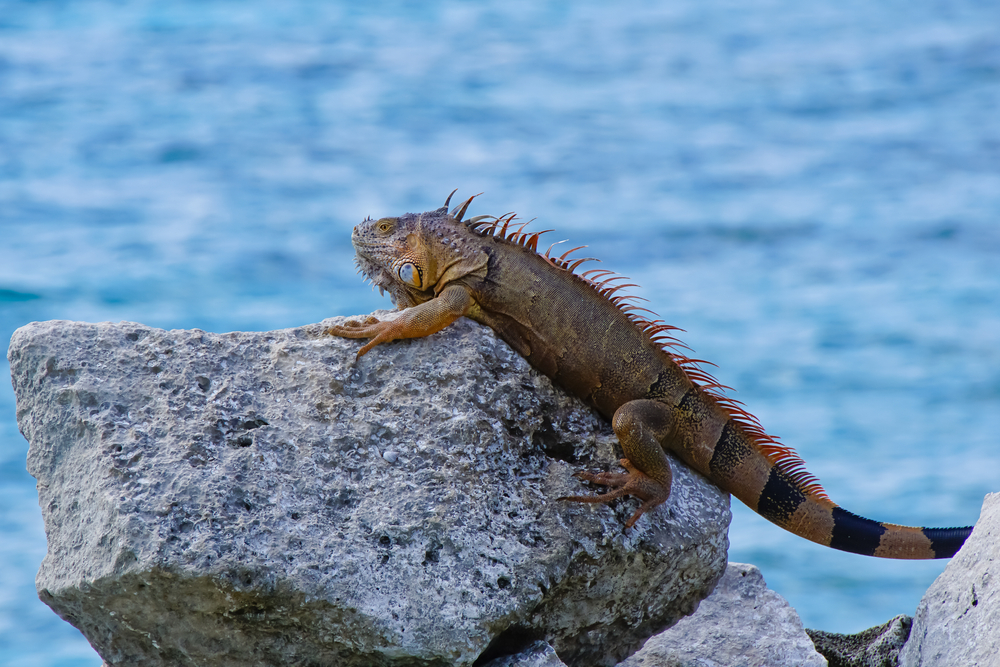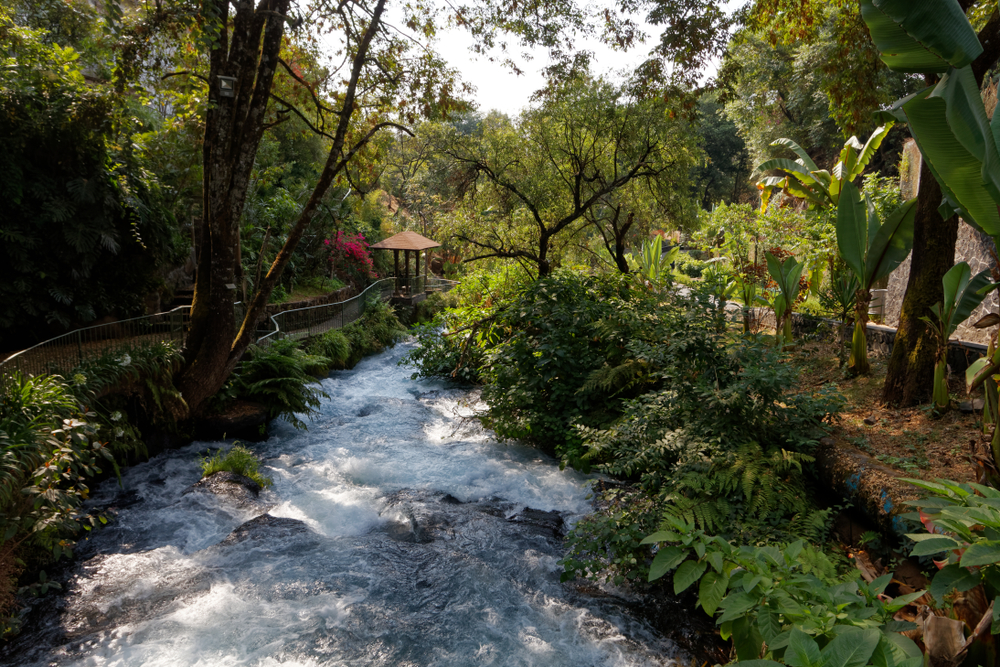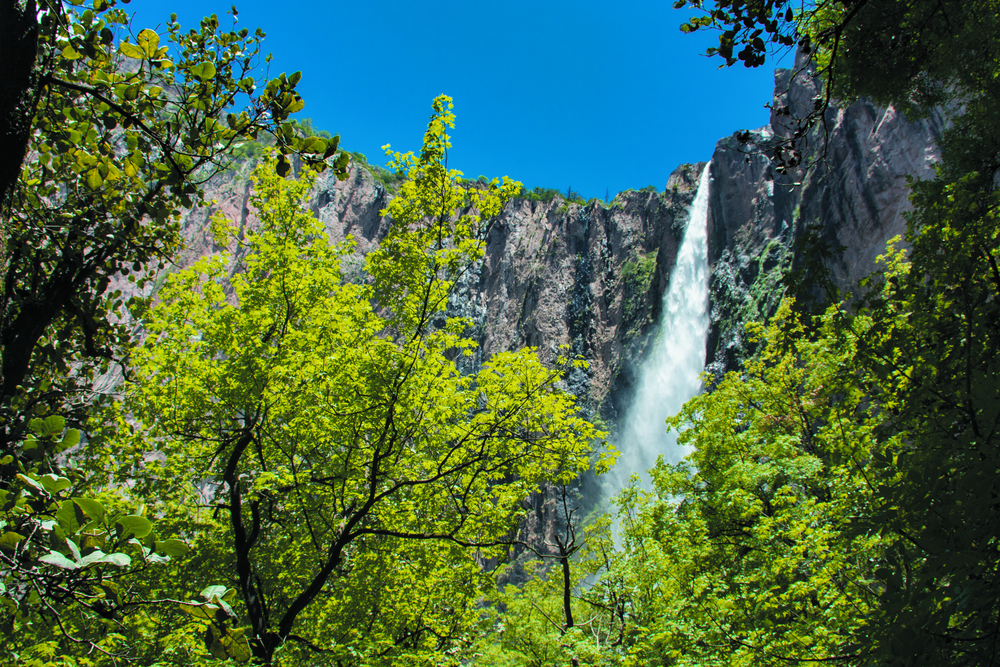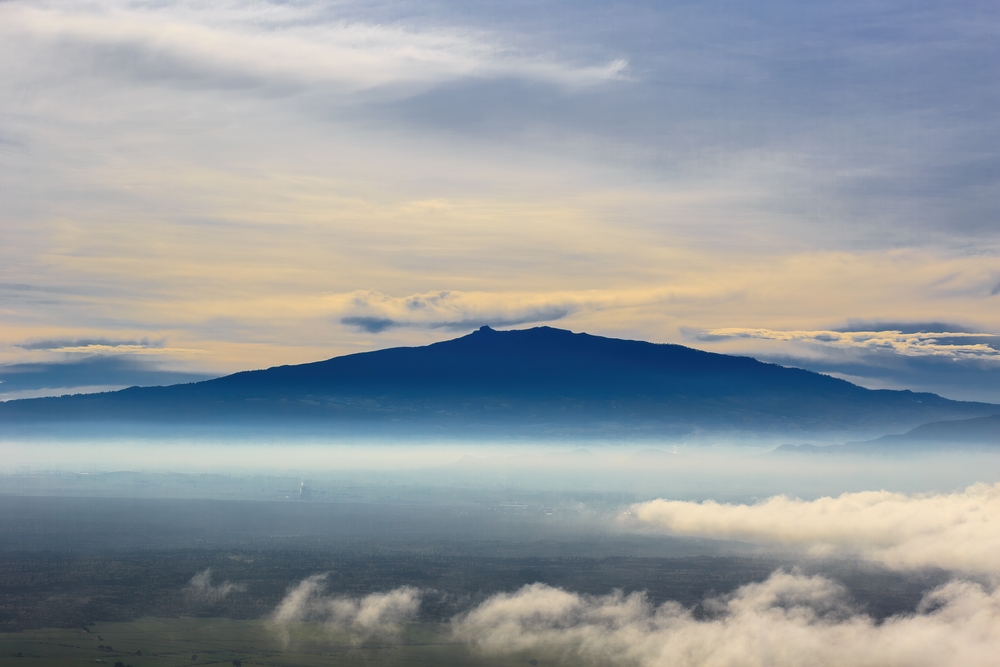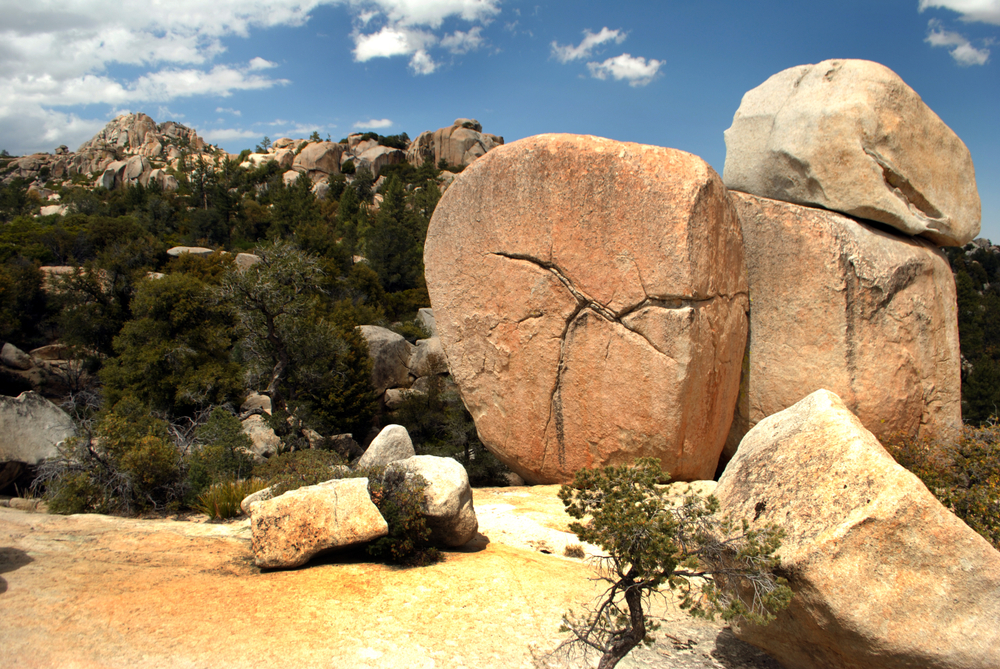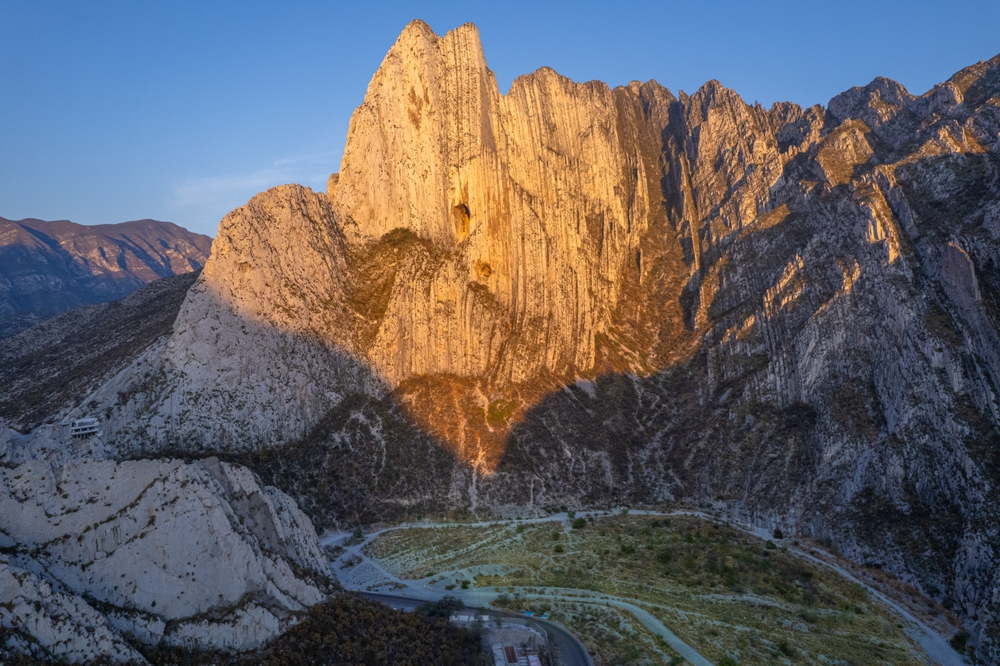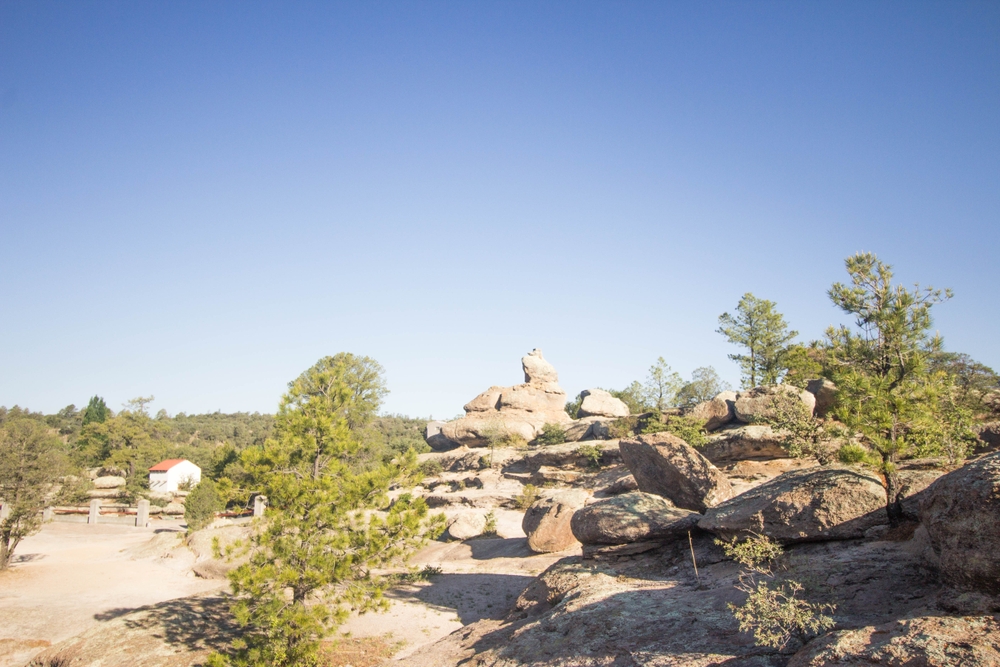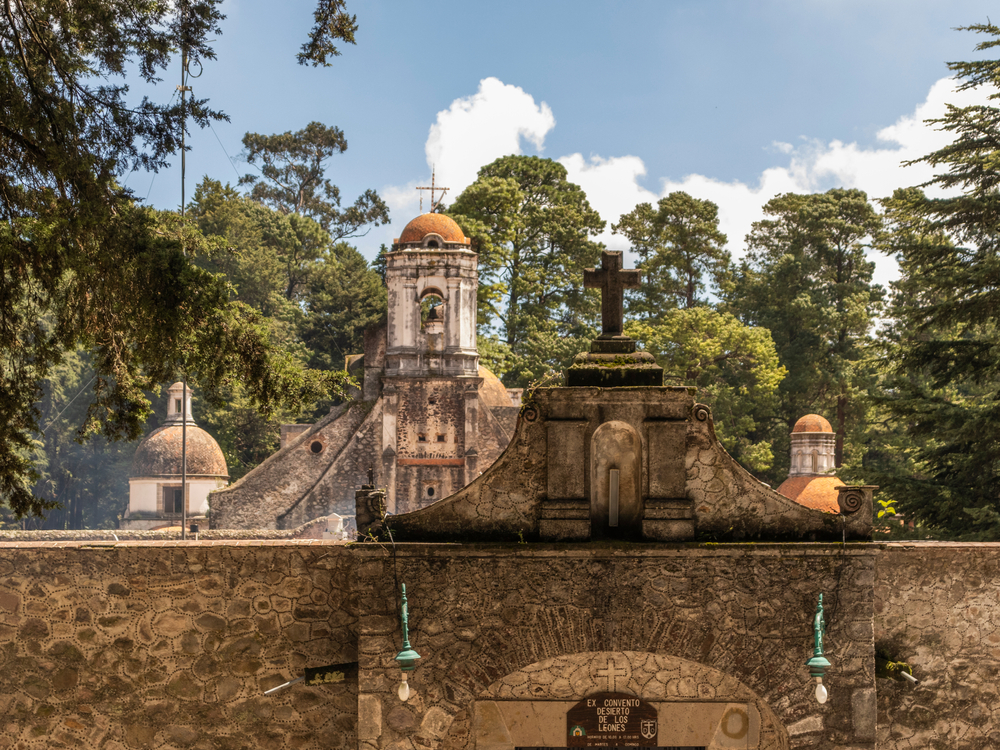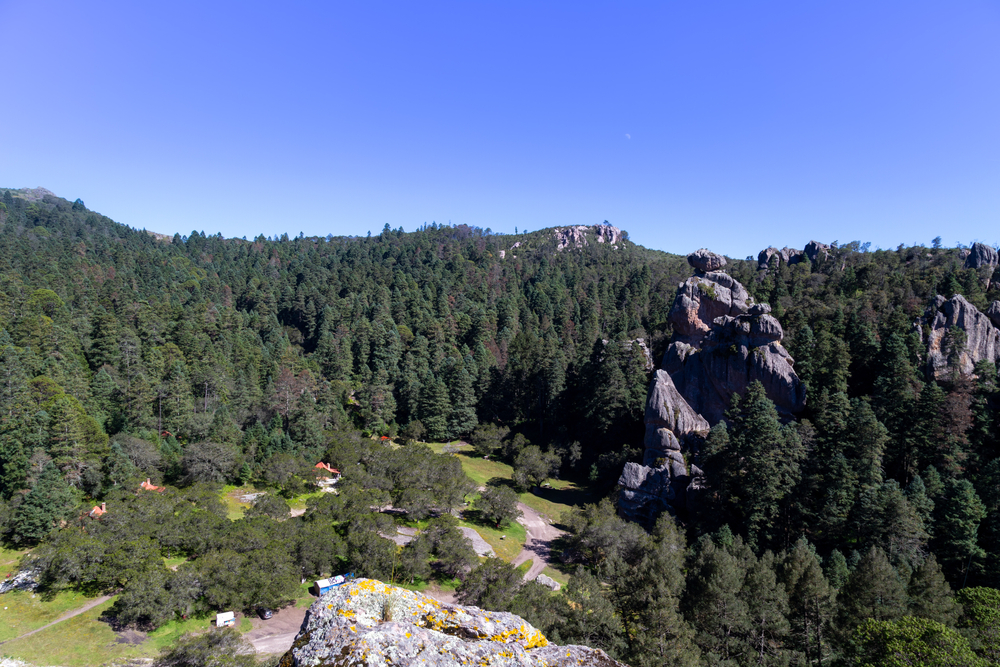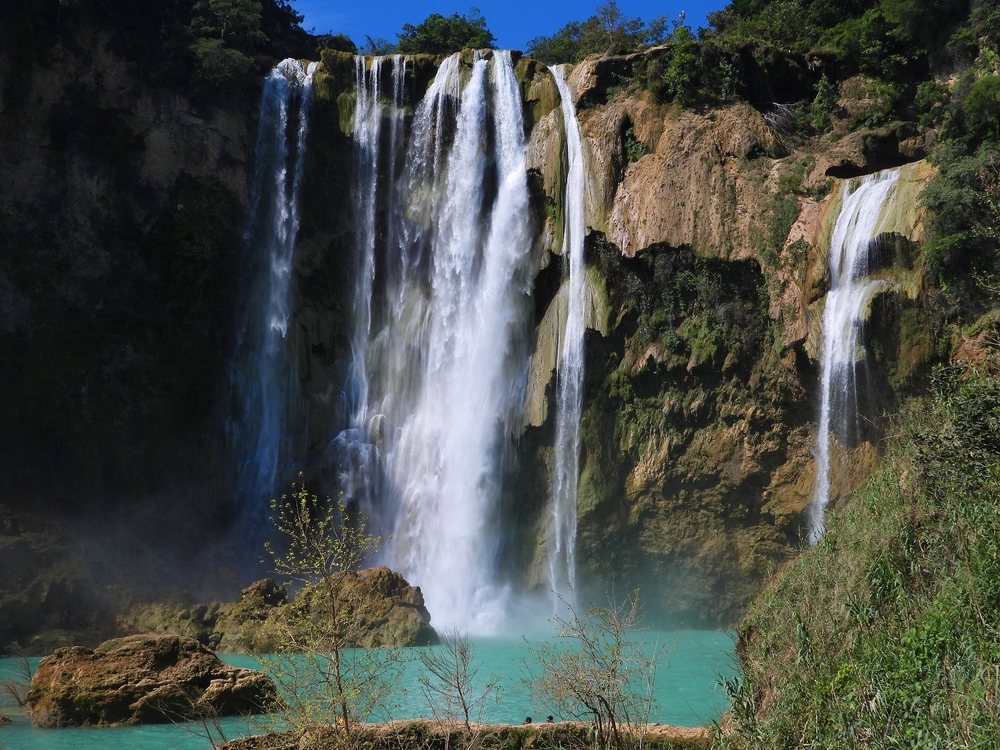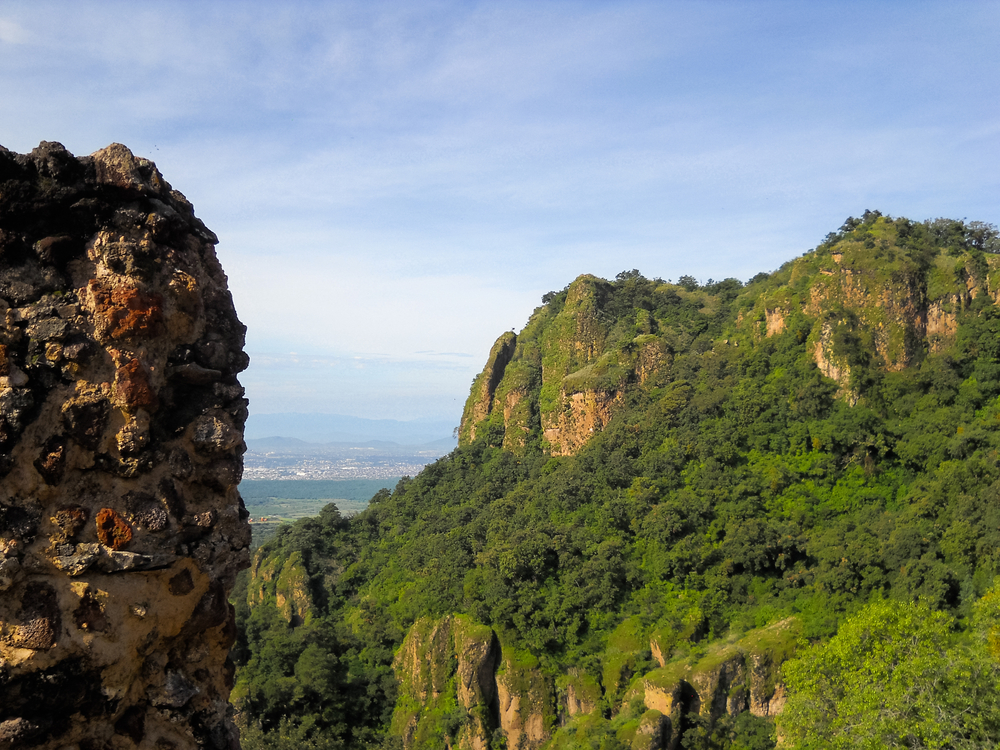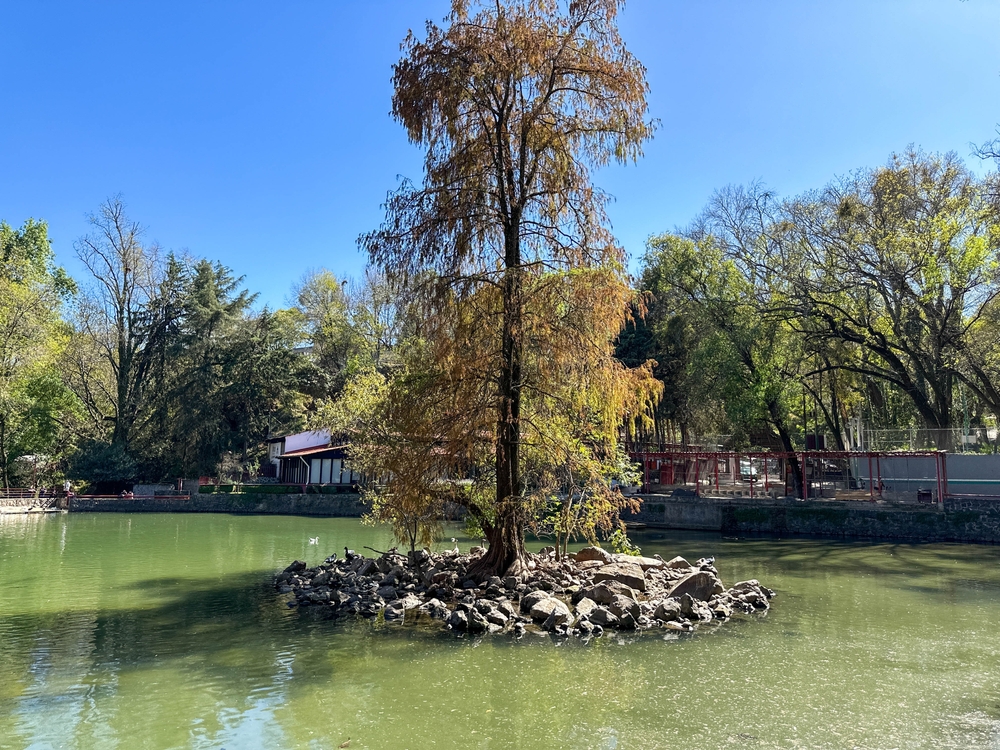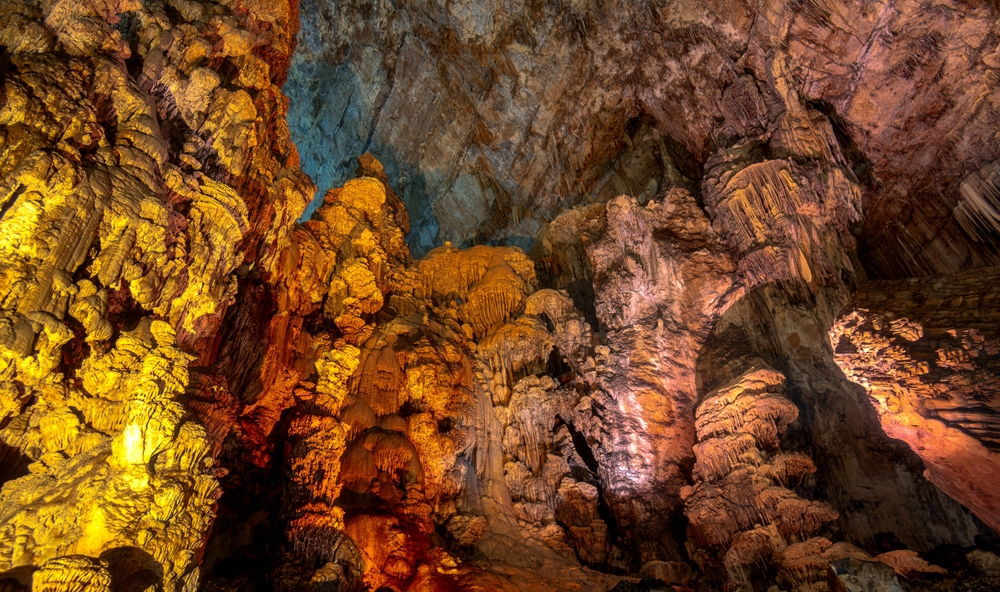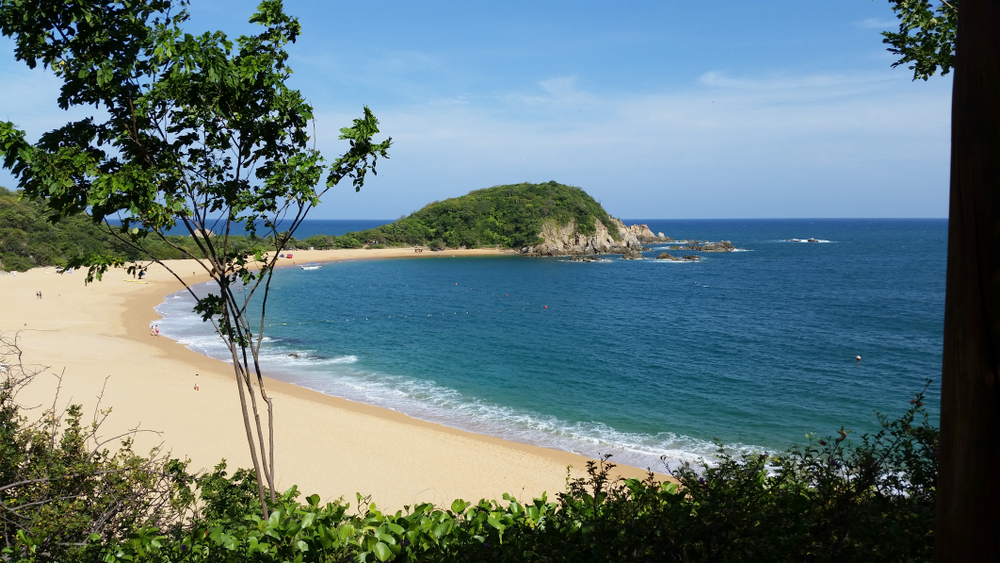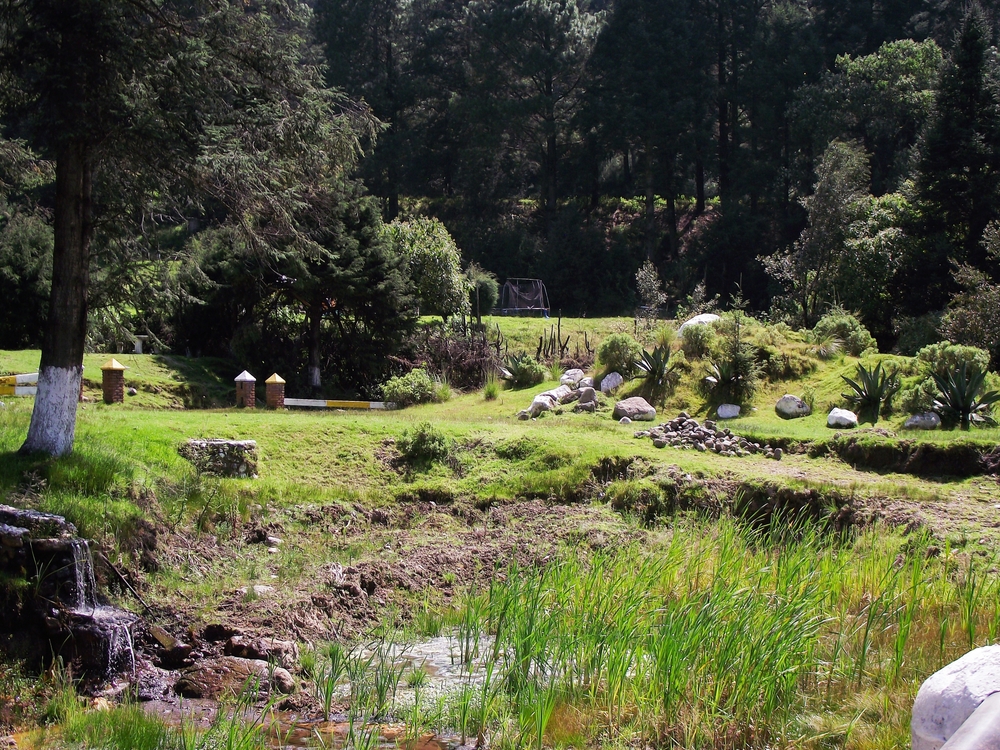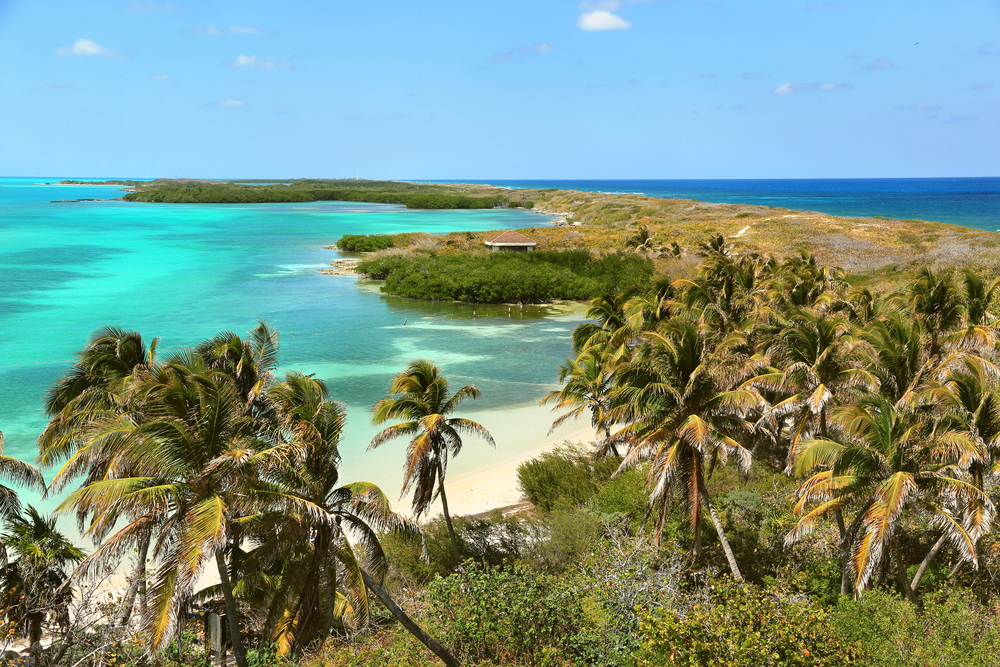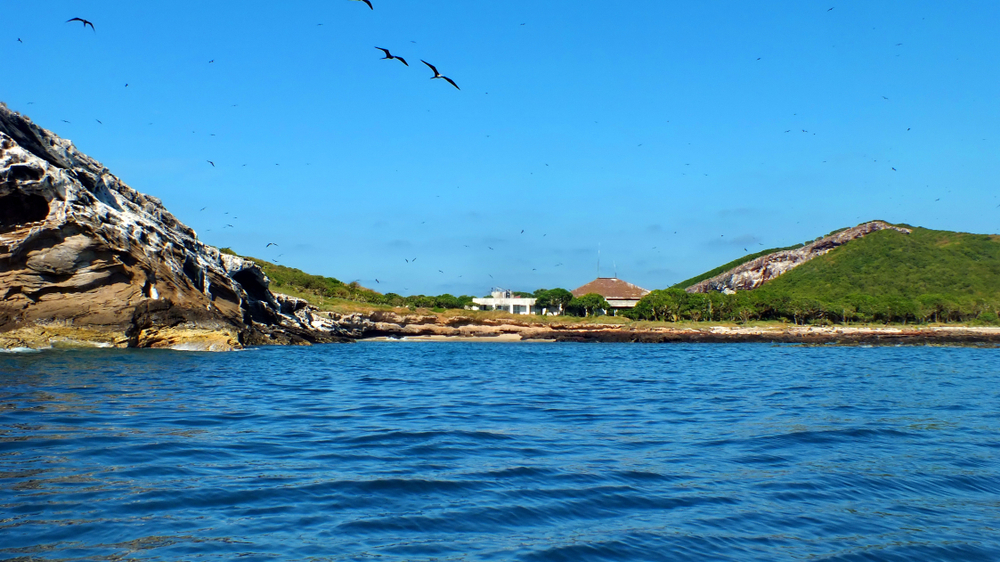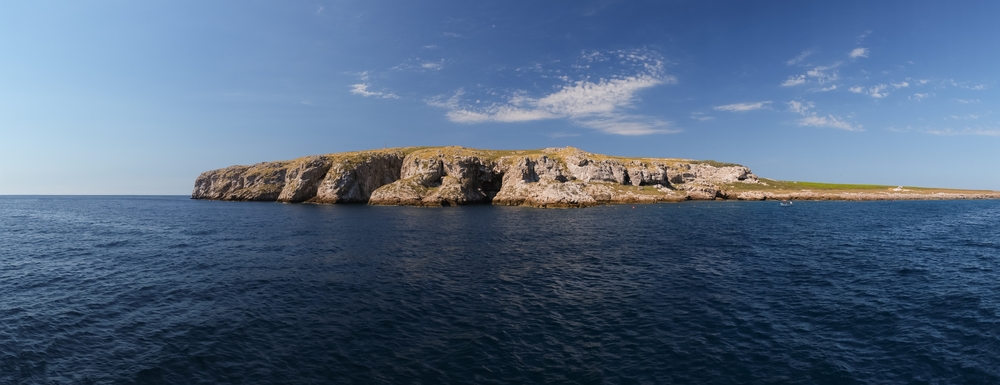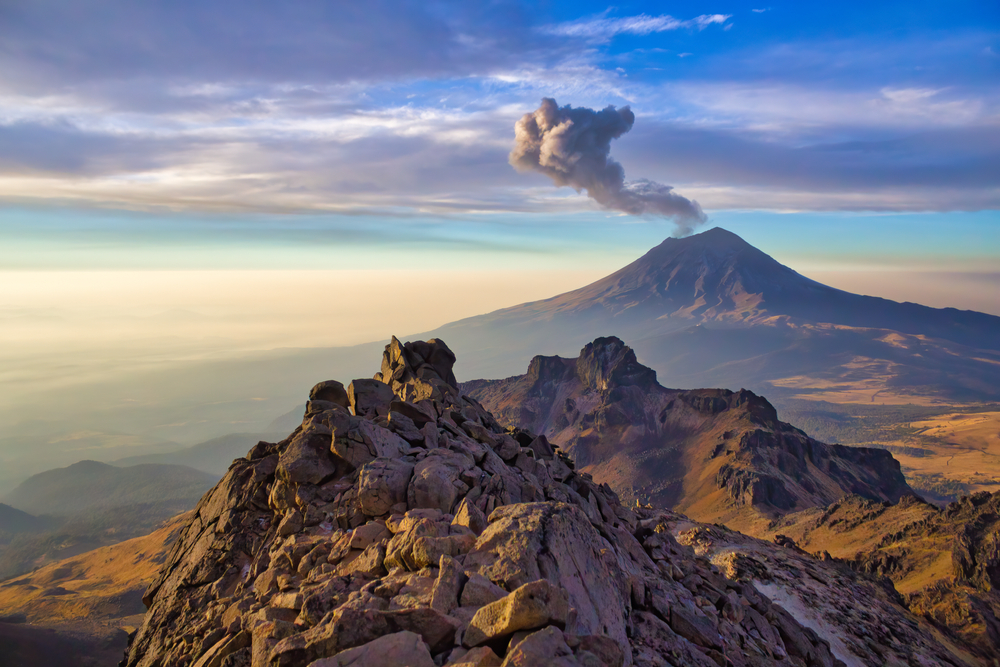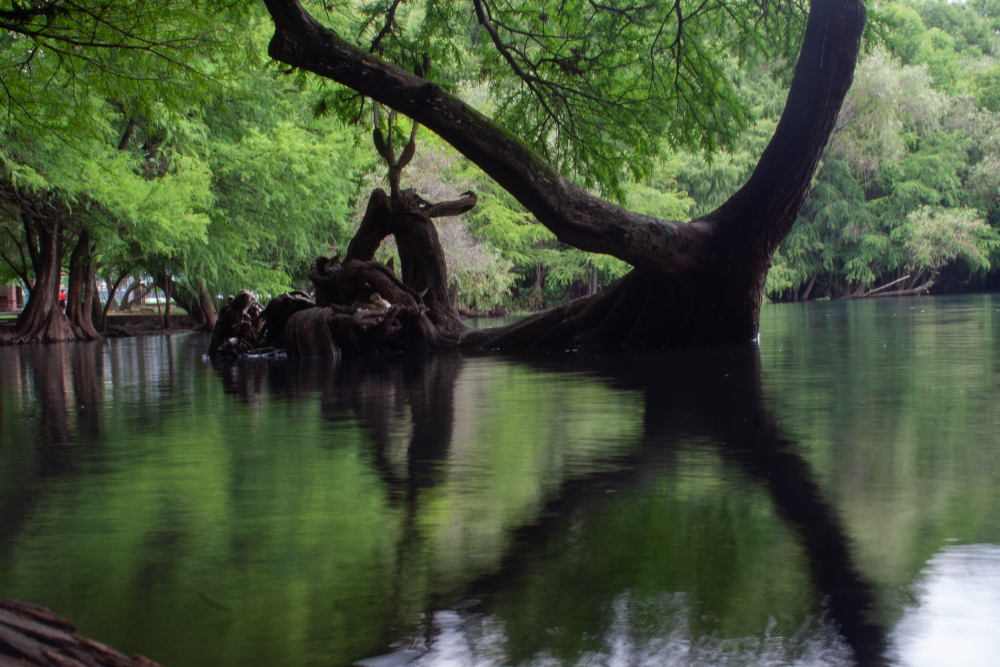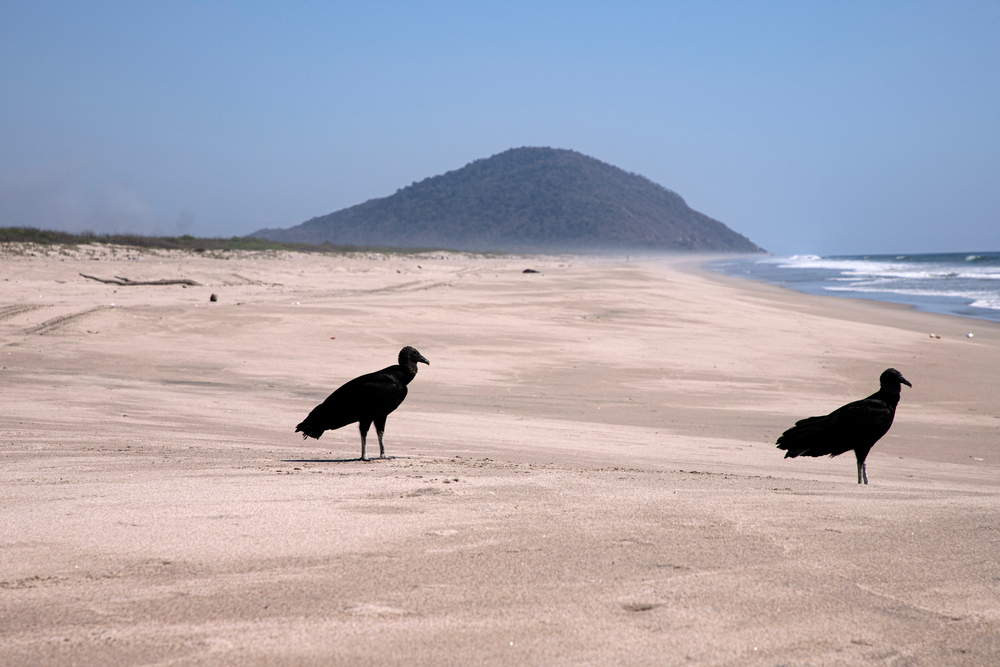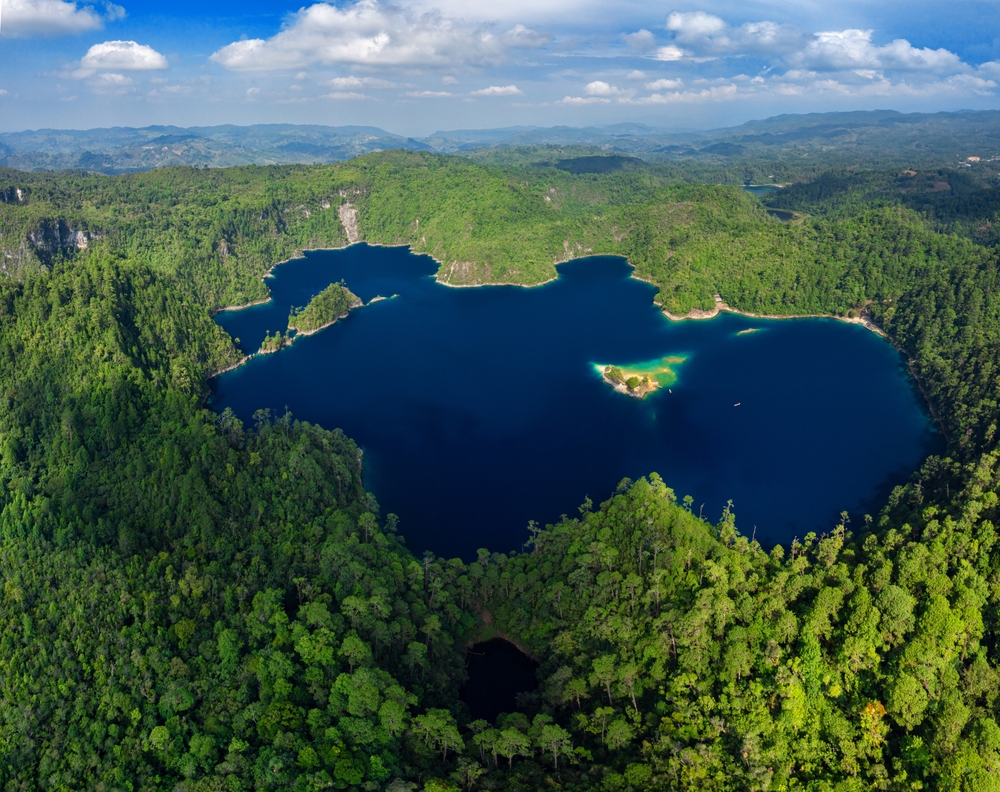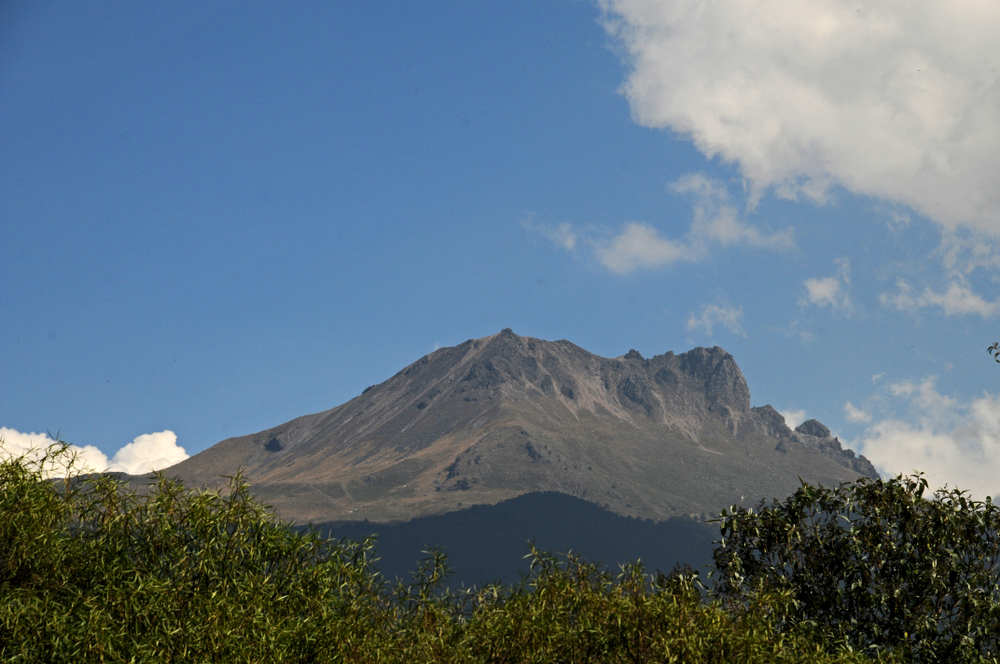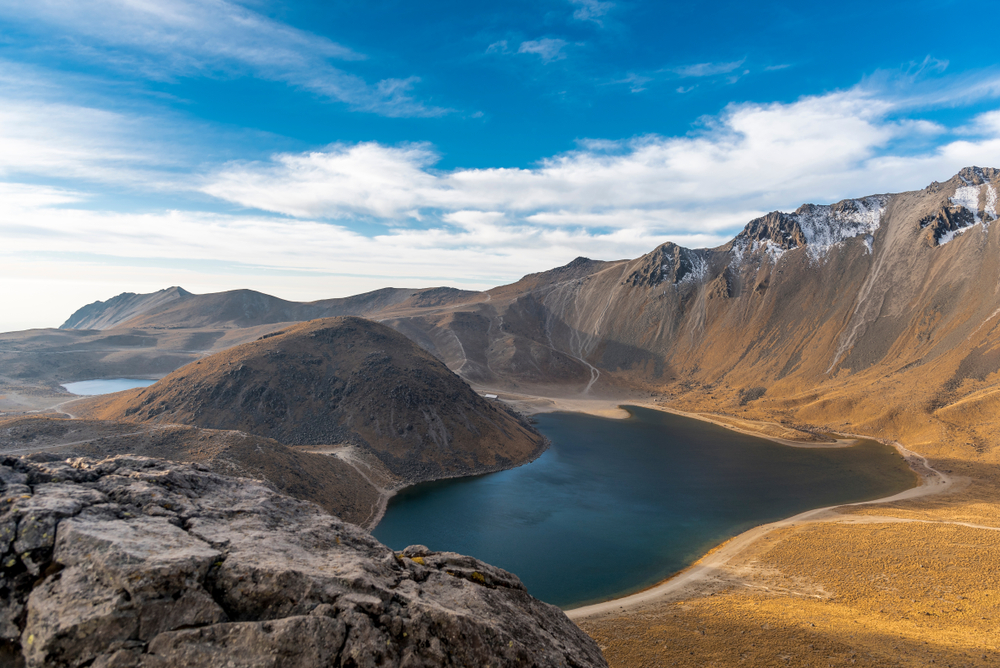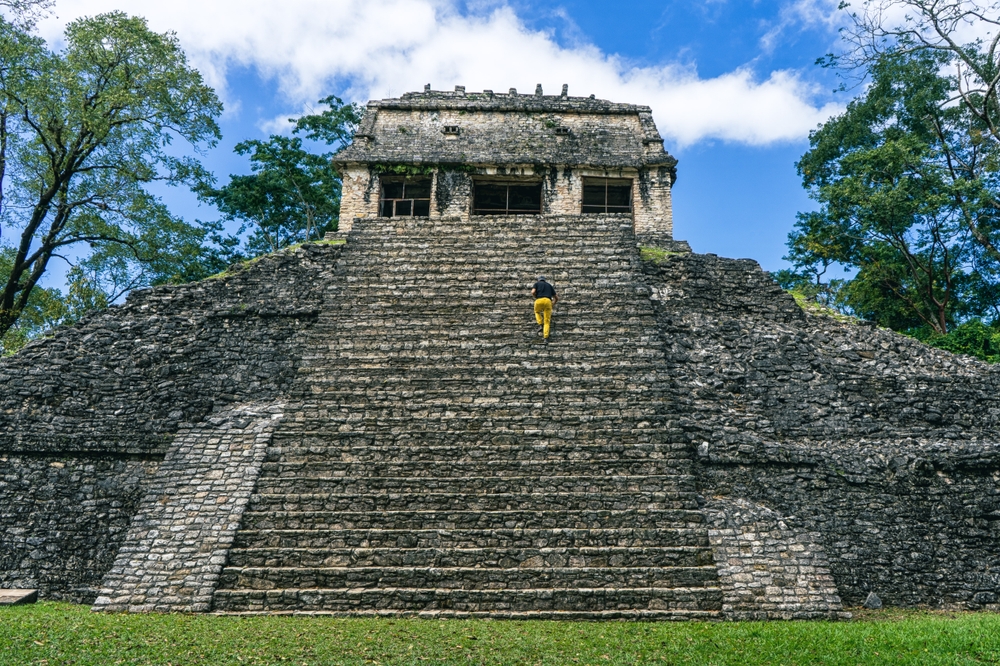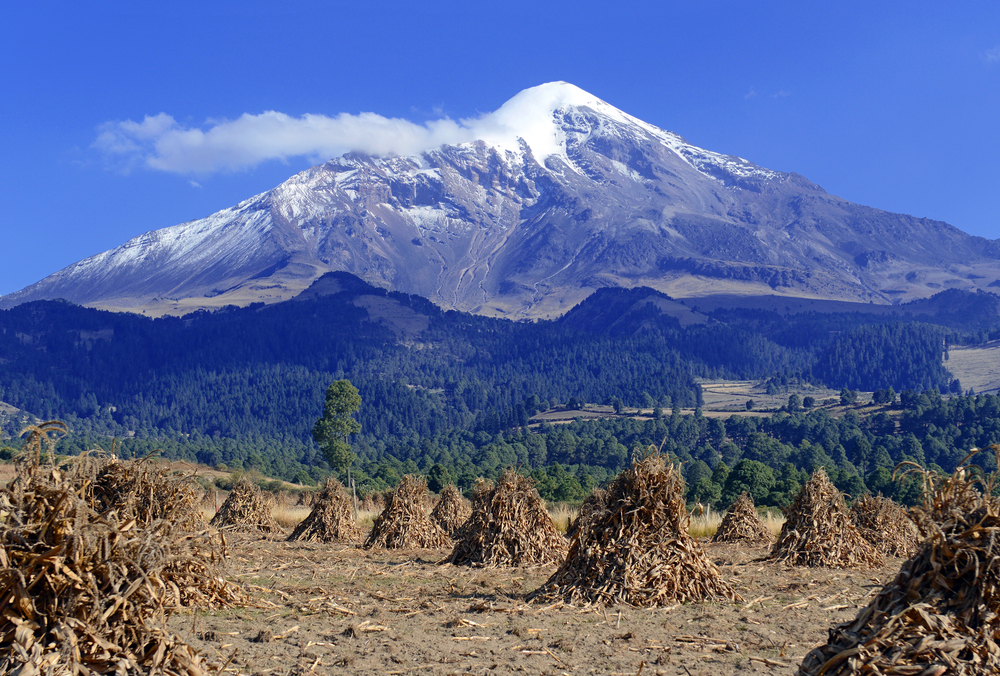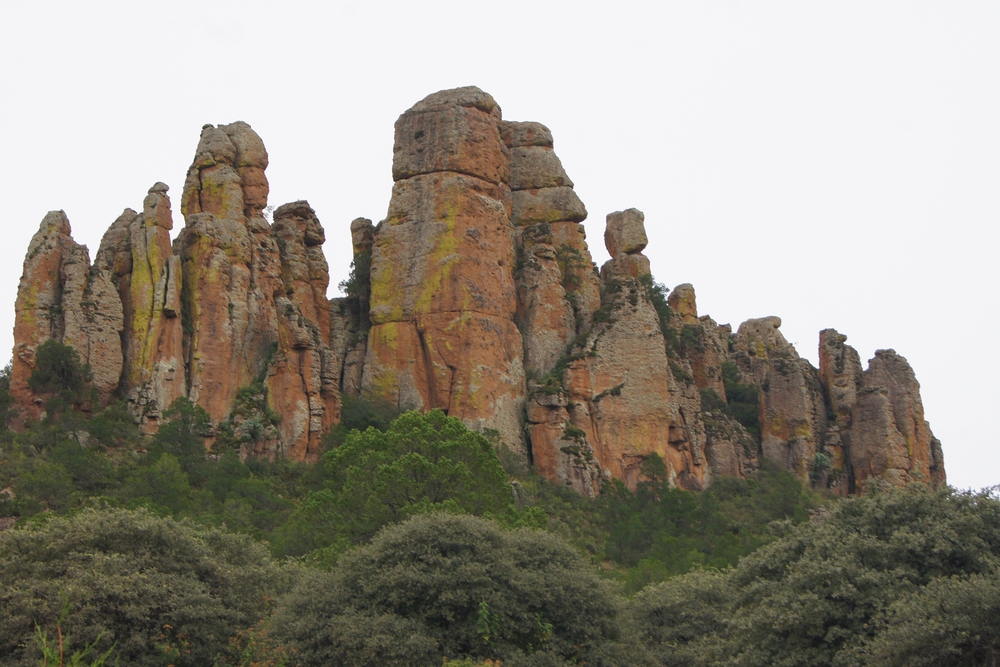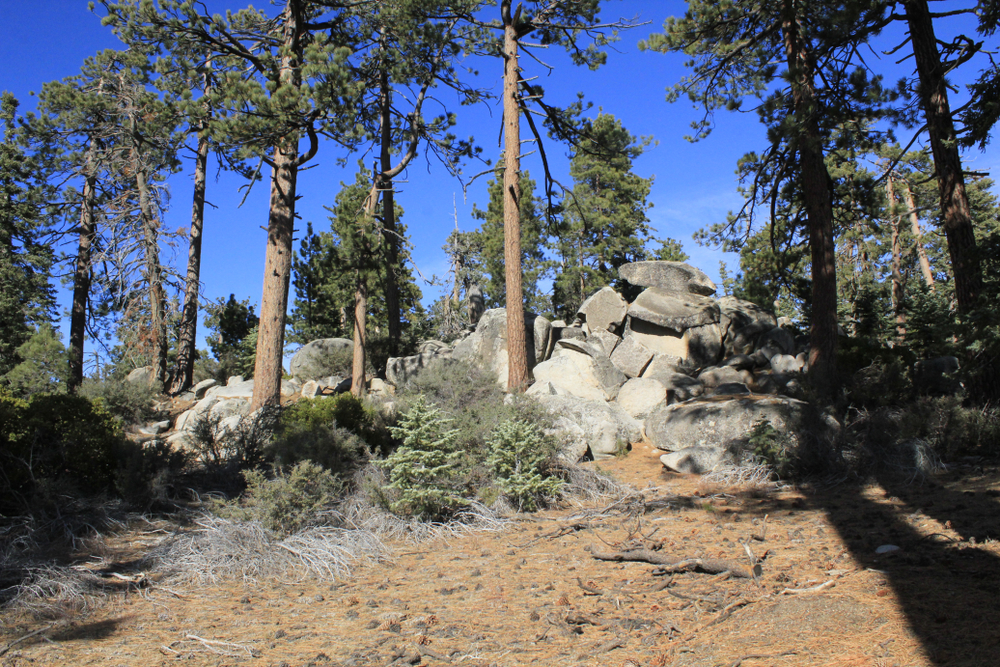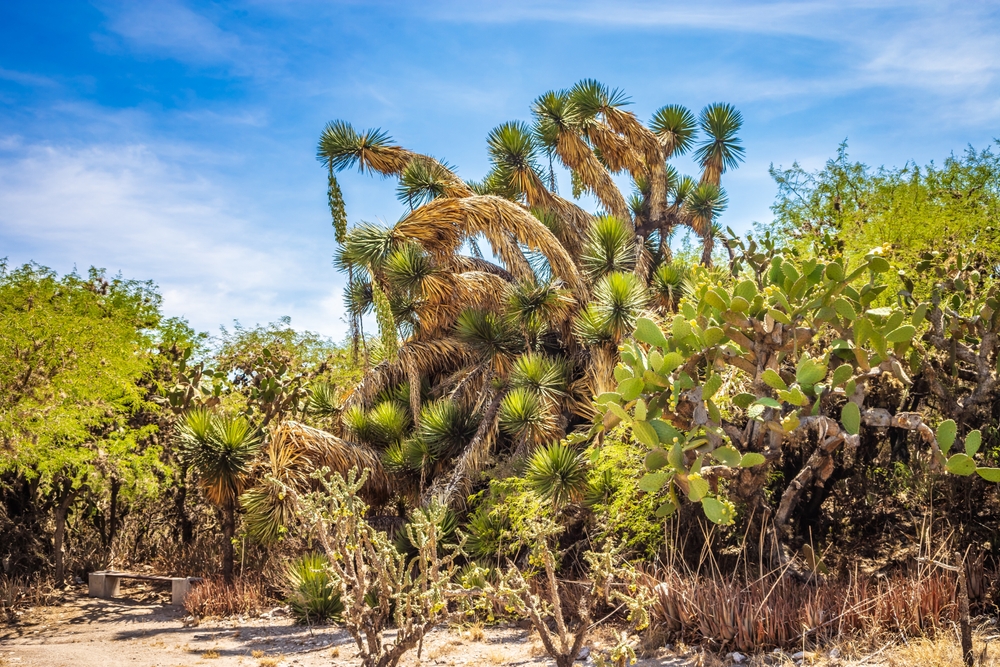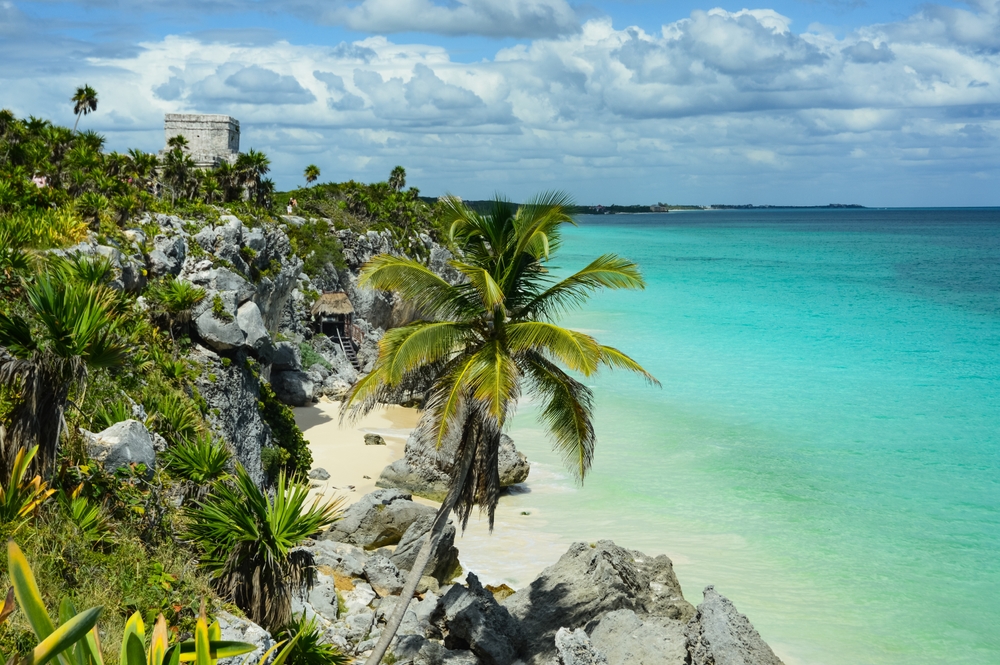Mexico is home to 67 national parks, showcasing its vast ecological and cultural diversity. These parks protect a wide array of ecosystems, including deserts, rainforests, volcanoes, wetlands, and coral reefs, making Mexico one of the most biodiverse countries in the world. From ancient archaeological sites nestled in dense jungles to pristine beaches and towering mountain ranges, these parks serve as vital habitats for countless species, many of which are endemic or endangered, and play an essential role in conserving Mexico’s natural and cultural heritage.
One of the most iconic parks is Sumidero Canyon National Park, located in the state of Chiapas. This dramatic canyon features towering limestone walls, some over 1,000 meters high, carved by the Grijalva River. The park is a haven for wildlife, including crocodiles, spider monkeys, and colorful birds such as toucans and herons. Visitors can explore the canyon by boat, taking in the breathtaking scenery and marveling at natural formations like the Christmas Tree Waterfall. Sumidero Canyon also holds cultural significance, with pre-Columbian artifacts found in the area.
Iztaccíhuatl-Popocatépetl National Park, located near Mexico City, is named after two of the country’s most iconic volcanoes, Iztaccíhuatl and Popocatépetl. The park features high-altitude forests and alpine meadows, offering challenging hiking and climbing opportunities. Visitors can enjoy panoramic views of the surrounding landscape and learn about the rich mythology tied to these majestic peaks. While Popocatépetl remains an active volcano, its imposing presence adds to the park’s allure.
Tulum National Park, situated along the Caribbean coast in the Yucatán Peninsula, is famous for its combination of stunning natural and cultural treasures. The park protects coastal dunes, mangroves, and coral reefs, as well as the ancient Mayan ruins of Tulum, perched on cliffs overlooking the turquoise sea. Visitors can explore the ruins, snorkel in the vibrant coral reefs, or relax on the pristine beaches, making it one of the most visited parks in Mexico.
Cabo Pulmo National Park, located on the Baja California Peninsula, is a UNESCO World Heritage Site and a marine sanctuary renowned for its conservation success. It protects the oldest coral reef in the Americas and provides a refuge for diverse marine life, including whale sharks, sea turtles, and schools of vibrant fish. The park is a prime destination for diving and snorkeling, attracting eco-tourists from around the globe.
Palenque National Park, also in Chiapas, blends natural beauty with rich history. The park is home to the ancient Mayan city of Palenque, surrounded by dense tropical rainforest. Visitors can marvel at well-preserved ruins such as the Temple of the Inscriptions and encounter howler monkeys, toucans, and other wildlife in the lush surroundings.
Mexico’s national parks face challenges such as deforestation, pollution, and the impacts of tourism. However, efforts to promote ecotourism, reforestation, and community-led conservation have achieved notable successes. These initiatives highlight Mexico’s dedication to preserving its natural wonders while fostering sustainable development.











































































